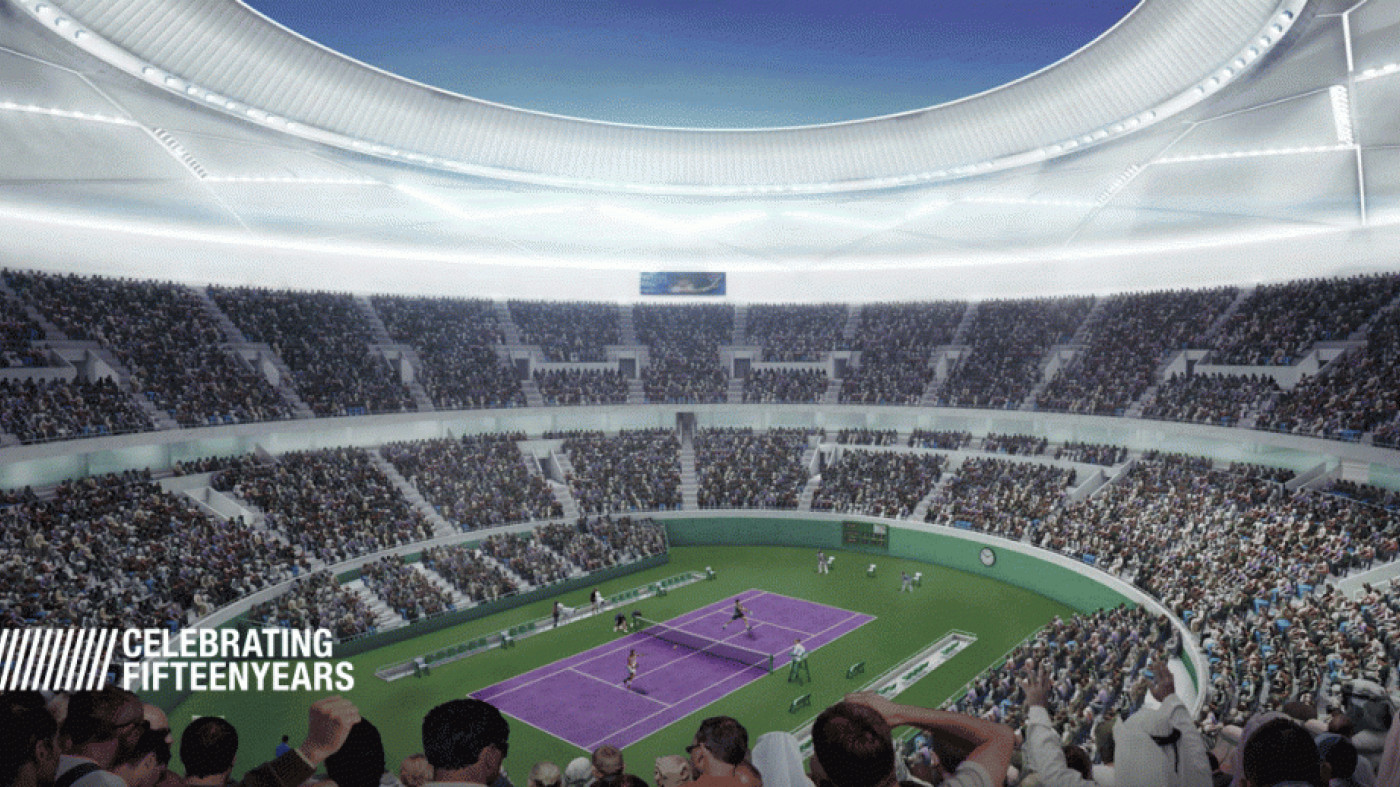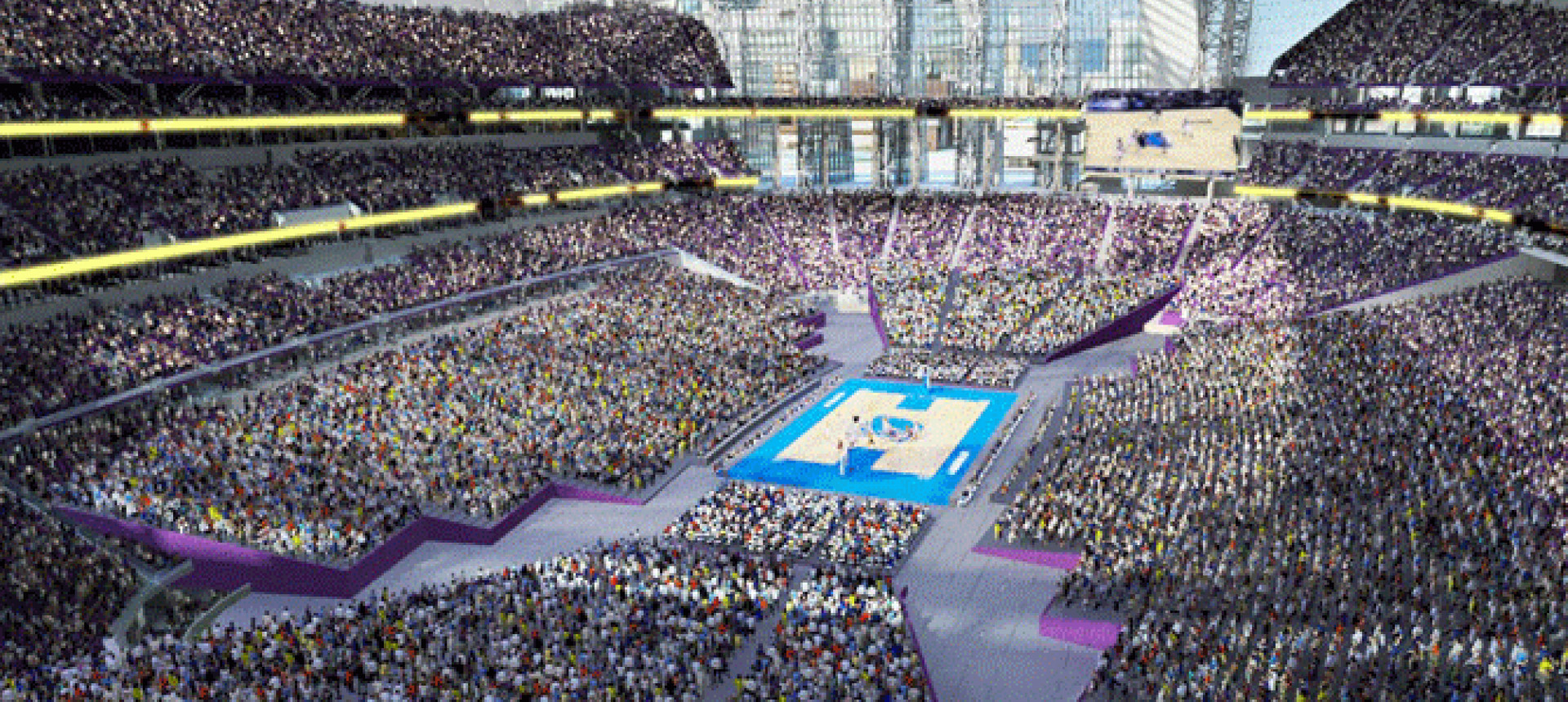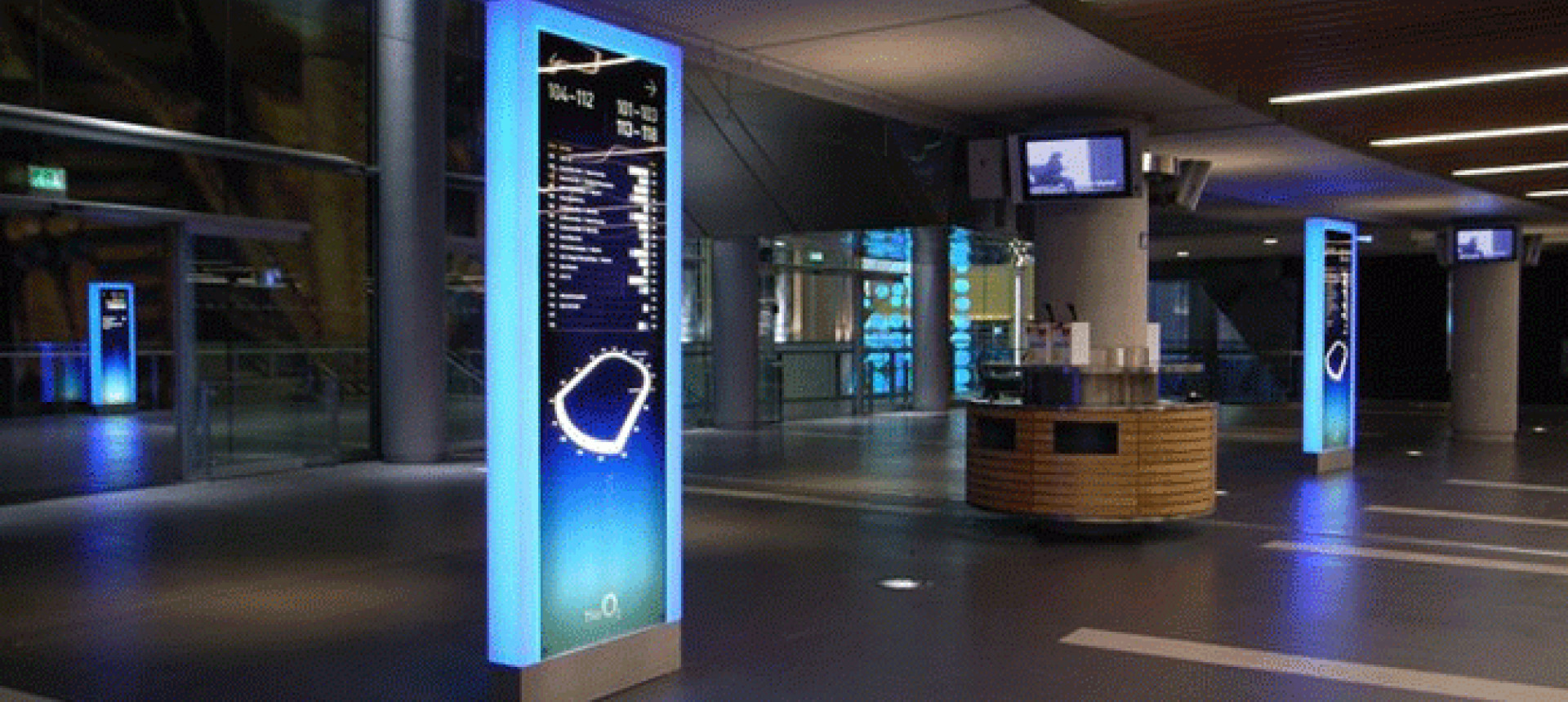The event offers a great platform to learn about consumer insights, best practices and the latest technologies from the biggest influencers in the industry. Speakers came from the architectural community – Zaha Hadid, Populous, AECOM, Arup, HKS and RFA Fenwick Iribarren. CEO’s and project managers also had their say on the delivery of major sporting events and stadiums including the 2012 London Olympics, The Cricket World Cup, The Asian Cup, The New Perth Stadium and The Minnesota Vikings, amongst others. Meanwhile, strong local entities like Astad and Ooredoo shared knowledge on how they are making such vital contributions to the upcoming FIFA 2022 World Cup to be held in Qatar.
A true world-class event that inspired as much as it did inform, here are our top 5 takeaways from the event:
1. It’s all about the fans
After all, what is a sporting event without fans?! While the short term focus for any stadium should be the event it is hosting, by engaging with fans and enhancing the overall fan experience there is much to be gained long term. Maximising attendance by appealing to different demographic groups is one exciting area. Gone are the days of only choosing either top, middle or bottom tier seating, or being invited to a corporate hospitality box. Fans can now enjoy the action from a range of diverse hospitality areas that specifically target different demographic groups. These include open-air platforms half way up the stadium, a glass fronted pitch-level viewing gallery looking out onto the action and areas where you can watch the teams warm up.
Optimising the design of the venue and utilising the latest technology enhances the experience increasing the fan base and their desire to return to the stadium for similar events or to utilise its other facilities. Wi-fi coverage has become an essential fan requirement in modern stadia. Uploading selfies and updating your status on social media such as Facebook, Twitter and Instagram is a big hit with the audience no matter what type of event they’re attending. Meanwhile the venues themselves display live tweets and images on the big screens to engage with the crowd. As wayfinding consultants, uninterrupted stadium-specific Wi-fi – free from overburdened mobile networks – will be key. It would seem unimaginable for wayfinding and mapping not to be available and accessible on mobile apps for everyone by the time the FIFA World Cup 2022 takes place, in Qatar.
2. 360º integrated brand ‘experience’
With such a diverse fan base from all corners of the globe, consistency in brand aspects like wayfinding is key. Not only to help create a positive experience for the local fans but also to aid visitors and create an easy-to-comprehend information system for the international fans. With an event like Qatar being built from the ground up, why not imagine a fan experiencing a seamless journey from their arrival at the airport, to reaching their accommodation, the games taking place at the stadiums, the post match celebrations and all associated travel links right up to the point when they leave. This is possible through the consistent use of branding, iconography, fonts, colour, messaging and so on, aiding visitors in their journeys.
3. Relevance
Many new stadia are multi functional, having to adapt to accommodate a number of different sports and events. With moving tiers of seating and ground levels being able to change to suit the different needs, the latest stadia are as capable of hosting a football or cricket match as they are a heavy metal music concert. Architects are designing stadia for year-round usage. Money generating retail and F&B outlets are essential for long term upkeep and stadiums are integrated with the community through transport links. Naturally, strategic wayfinding solutions need to be developed to encompass the whole journey keeping in mind the range of user groups and their diverse needs.
4. Value engineering matters
Understanding a product’s life span and its associated running costs are essential in the design and construction of modern stadia. Effective management through the utilisation of BIM systems provides the technical resource for maintenance, adding to the life expectancy of the arena environment and ensuring consistent visitor experience time and time again. With irregular high footfalls for intermittent events and stadia being subject to extreme weather conditions, material selection really matters. Signage is no exception. Specialist understanding of suitable products to fit the environment and value engineering are essential to the permanent solutions that guide visitors time and again.
5. Legacy
While the design and the architectural vision must be respected, what drives the success of a stadium is the legacy that it creates for the community in which it exists. With tax payer’s money on the line, governments and councils need to ensure that modern stadiums are sustainable, accessible and financially viable long after the big event has ended. White elephants have taught us that planning for the future from day one is as important as the event itself. Permanent signage solutions that integrate seamlessly with technology for the ‘big event’ would provide a long-term solution and contribute to the legacy.



